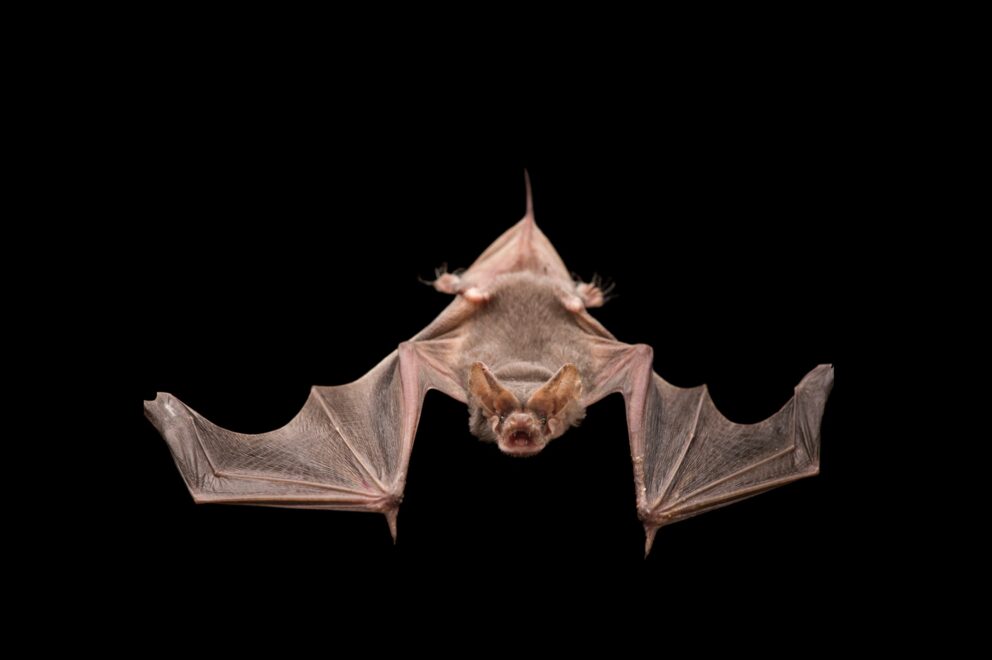- SCIENTIFIC NAME
- Tadarida brasiliensis
- CLASSIFICATION
- Mammal
- LIFE SPAN
- 8-11 Years
- SIZE
- 3.5-4.3” | 0.02-0.03lbs
- STATE CONSERVATION STATUS
-
- Priority Species
- State Protected
- FEDERAL CONSERVATION STATUS
- Least Concern
- GAME STATUS
- Non-Game
- GAME TYPE
- None
- Washoe
- Humboldt
- Pershing
- Churchill
- Mineral
- Lyon
- Douglas
- Carson City
- Storey
- Elko
- Lander
- Eureka
- White Pine
- Esmeralda
- Nye
- Lincoln
- Clark
Habitat & Range
Mexican Free-tailed Bats will find roost sites near water and mostly in caves, but will also find refuge in mines, bridges, and even tunnels and abandoned buildings. The largest known summer colony in Nevada consists of approximately 100,000 bats that have established their summer home under a bridge that crosses the Truckee River in Reno.
- Cliffs and Canyons
- Mines
- Mojave desert
Threats
- Habitat Loss
Natural History
Mexican Free-tailed Bats are opportunistic insectivores which means that they will eat just about any flying insect that they can catch including moths, flying ants, beetles, and mayflies. These hungry predators will eat the equivalent of their body weight in insects in a single night! This means that some of those large colonies might consume 250 tons of flying insects over that period. This pest control is an enormous benefit for agricultural crops. Sometimes Mexican free-tailed bats become food for other animals such as hawks, owls, raccoons, and even snakes. Their speed and maneuverability help them avoid predators and catch prey. Mexican free-tailed bats roost in very large numbers making their populations susceptible to even small disturbances. These family-oriented mammals form colonies larger than any other warm-blooded animal in the world. Some roosts are known to contain millions of bats! Female bats will congregate in maternity roosts to give birth and care for their young, called “pups.” Like other bats, they have one pup per year. After their pups are born it takes about four to seven weeks until they become independent from their mother and are no longer feeding from their mother’s milk.













